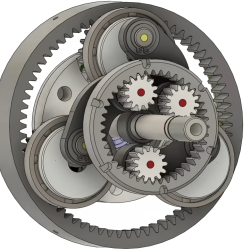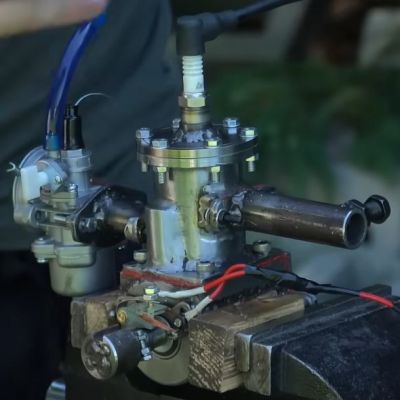If you’re into automotive hacks and don’t watch [Robot Cantina], you are missing out. This hack has [Jimbo] taking a break from automotive hacking to butcher a poor, innocent Tecumseh lawnmower to run diesel fuel (or anything else) by converting the motor into a hot bulb engine. (Video embedded below.)
The secret is a long stack of anti-fouling adapters, which are essentially extension tubes that move the spark plug out of the combustion chamber to keep it from getting crudded up in an engine that’s burning too much oil. In this case, burning is what’s happening inside the anti-fouling adapters: by stacking seven of them, [Robot Cantina] is able to create a hot-bulb– volume that stays hot enough between strokes to induce spontaneous combustion of the fuel-air mix.
Hot-bulb engines were popular for certain tractors (the Lanz Bulldog being the most famous) and stationary engines from the late 19th century until Rudolf Diesel’s eponymous invention drove them out of their niche completely sometime after WWII.
Continue reading “Run A Lawnmower On Diesel With Hot Bulb Hack”




















